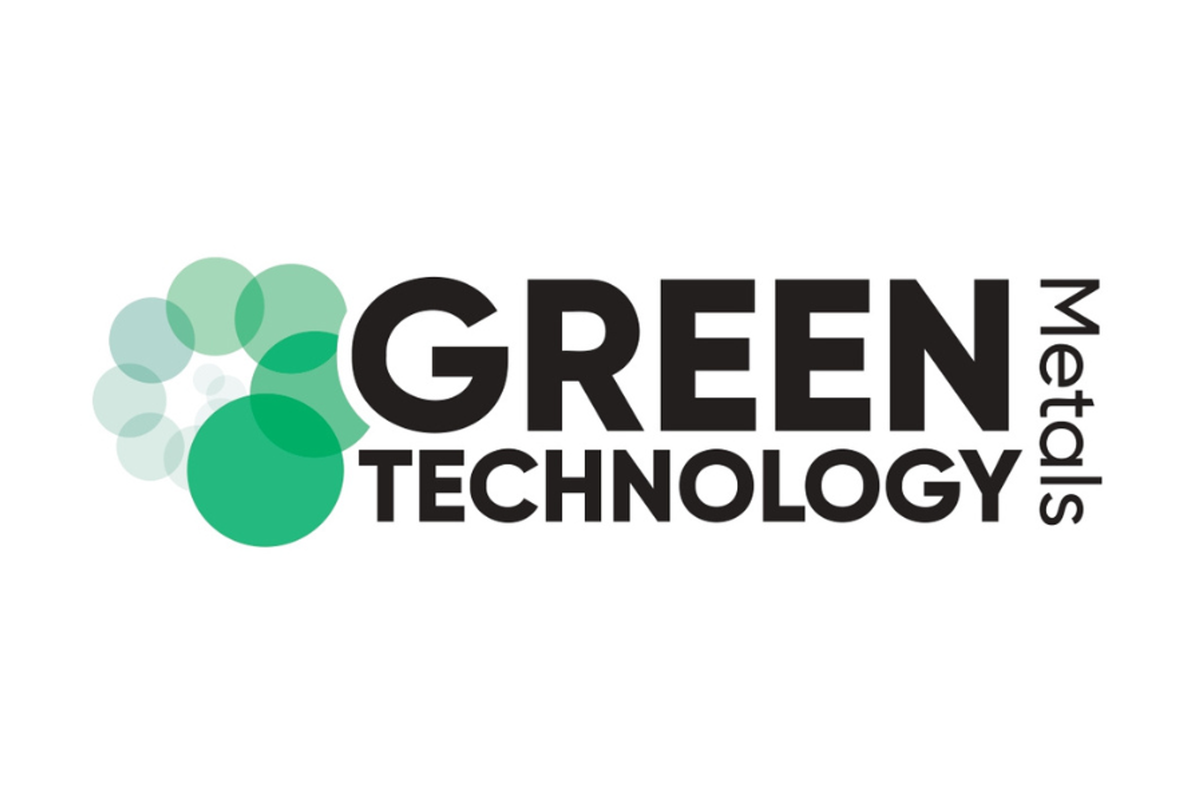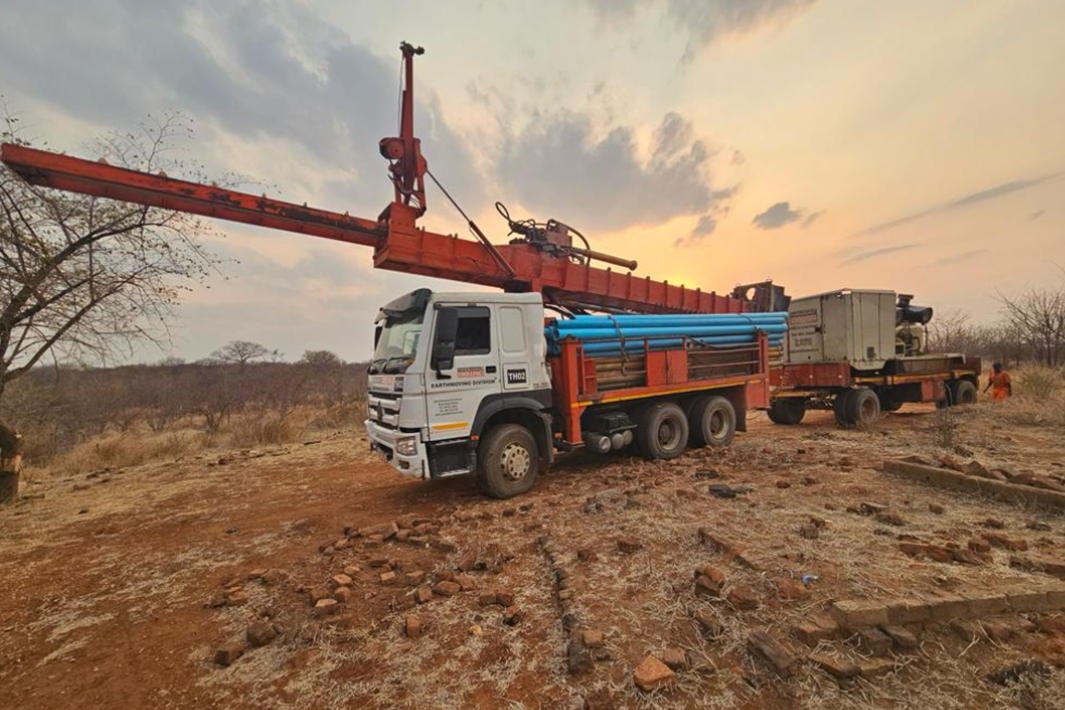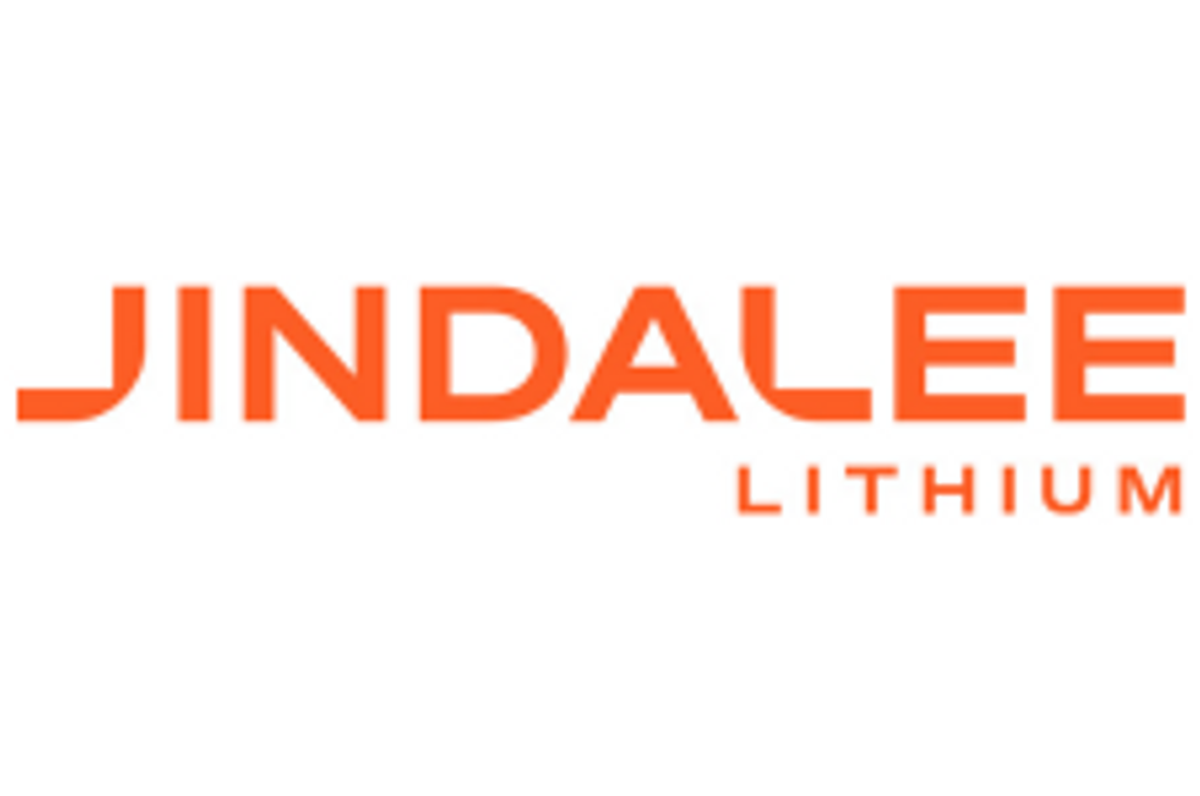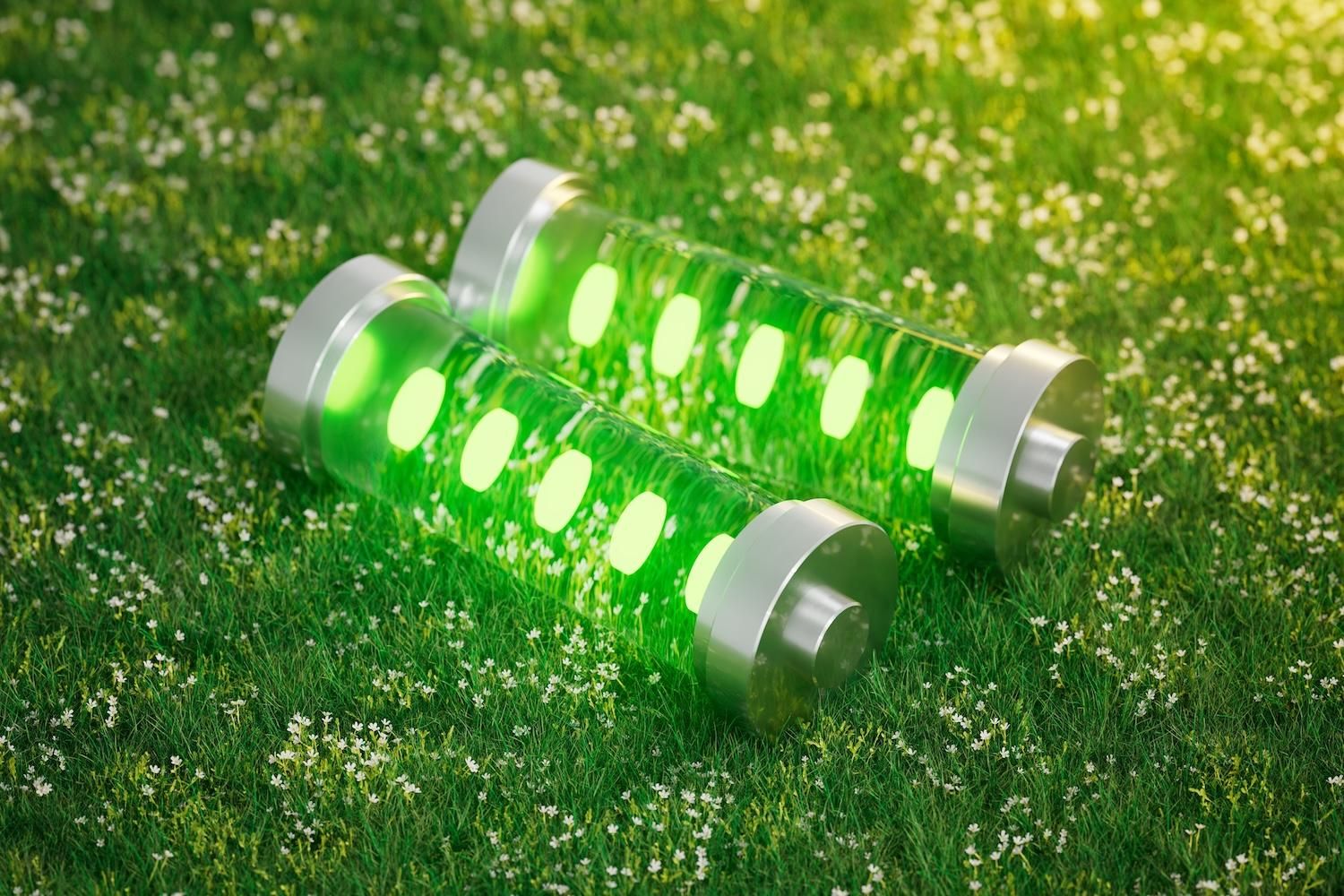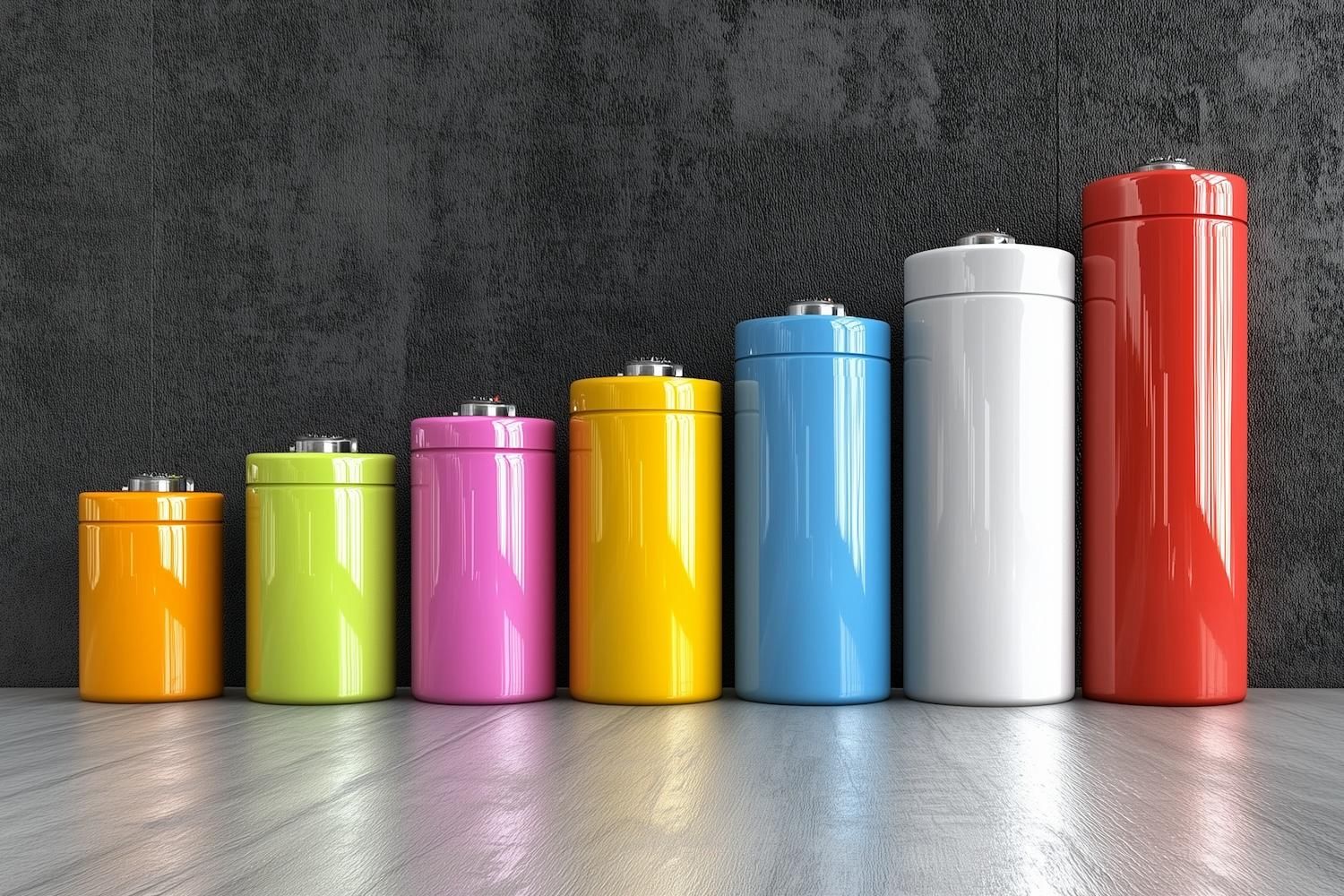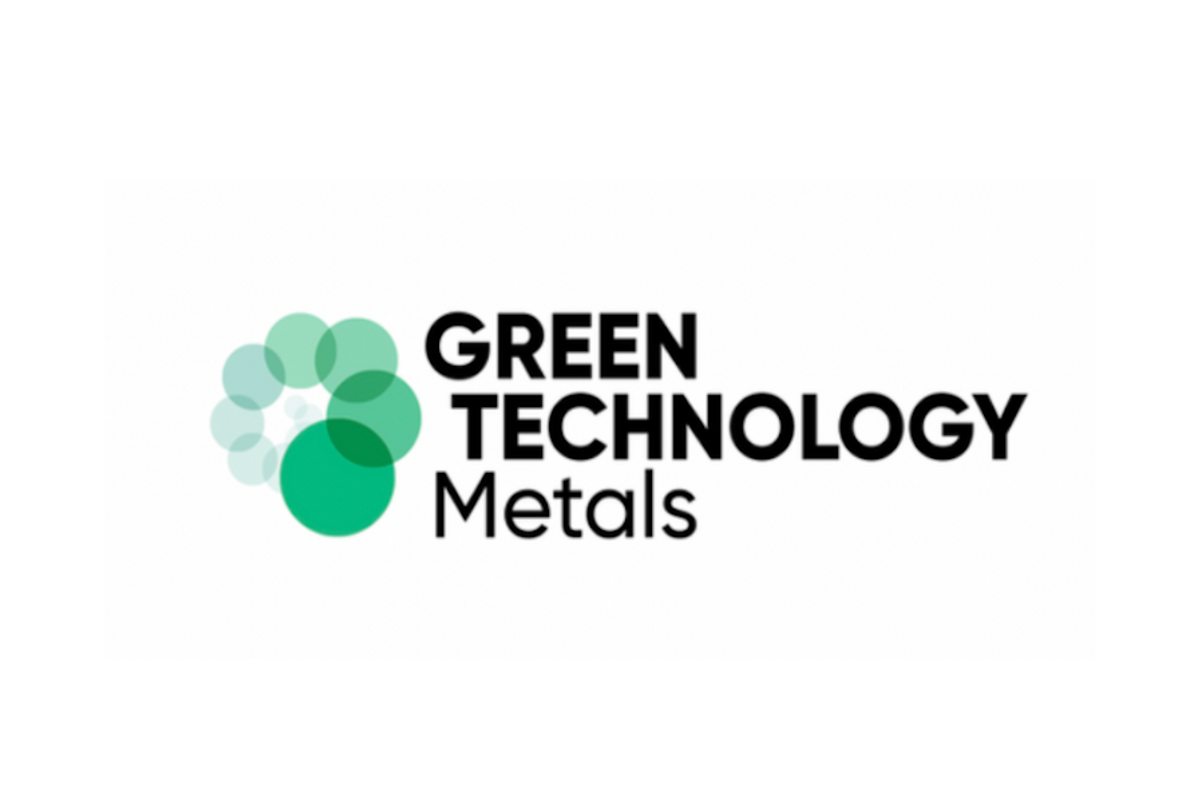
March 16, 2022
Green Technology Metals Limited (ASX:GT1) is pleased to provide an update on the diamond drilling activities at its Seymour Lithium Project in Ontario, Canada.
Following recent completion of the highly successful Phase 1 program at the North Aubry deposit, drilling activities have now commenced at both the Central Aubry zone and Pye prospect. The decision to accelerate Phase 3 exploration drilling at Pye to run concurrently with the Phase 2 extensional program at Central Aubry was enabled by the continued availability of the second diamond drill rig currently on site.
“With the recent completion of the Phase 1 program at North Aubry, and the strong outcomes it has returned to date, we are naturally excited to have transitioned to Phase 2 extensional drilling activity at the highly prospective Central Aubry zone. The acceleration of the planned Phase 3 exploration drilling program at the Pye prospect also represents a big opportunity. Pye is a genuinely compelling target at Seymour that has been rapidly unlocked via the geophysical surveying and extensive ground truthing work that GT1 has undertaken over the past six months.” - GT1 Chief Executive Officer, Luke Cox
Phase 1 extensional drilling (North Aubry deposit) completed
HIGHLIGHTS
• Phase 1 extensional diamond drilling program at North Aubry deposit now complete.
• Step-out drilling at North Aubry will be planned in the near term based on pending assay results.
• Two additional thick +10m intersections of spodumene bearing pegmatite intersected at North Aubry.
• Phase 2 drilling commenced: 31 holes for 5,100m at the highly prospective and largely untested, Central Aubry zone of Seymour.
• Phase 3 drilling at the untested Pye prospect, 1.5km east of North Aubry, accelerated and commenced (26 holes for 2,000m).
Click here for the full ASX Release
This article includes content from Green Technology Metals, licensed for the purpose of publishing on Investing News Australia. This article does not constitute financial product advice. It is your responsibility to perform proper due diligence before acting upon any information provided here. Please refer to our full disclaimer here.
GT1:AU

Sign up to get your FREE
Green Technology Metals Investor Kit
and hear about exciting investment opportunities.
- Corporate info
- Insights
- Growth strategies
- Upcoming projects
GET YOUR FREE INVESTOR KIT
The Conversation (0)
17 September
Green Technology Metals
Delivering the next lithium hub in North America
Delivering the next lithium hub in North America Keep Reading...
30 November
Altris Engineering Appointed to Optimise & Lead Seymour DFS
Green Technology Metals (GT1:AU) has announced Altris Engineering Appointed to Optimise & Lead Seymour DFSDownload the PDF here. Keep Reading...
17 November
Ontario Lithium Project Development Update
Green Technology Metals(GT1:AU) has announced Ontario Lithium Project Development UpdateDownload the PDF here. Keep Reading...
31 October
Quarterly Activities/Appendix 5B Cash Flow Report
Green Technology Metals(GT1:AU) has announced Quarterly Activities/Appendix 5B Cash Flow ReportDownload the PDF here. Keep Reading...
12 October
Successful A$4.5m Two Tranche Placement
Green Technology Metals (GT1:AU) has announced Successful A$4.5m Two Tranche PlacementDownload the PDF here. Keep Reading...
09 October
Trading Halt
Green Technology Metals (GT1:AU) has announced Trading HaltDownload the PDF here. Keep Reading...
10 December
Rock Bottom: Strategic Window for Ground-level Lithium Investment
When lithium prices hit bottom, savvy investors know that’s exactly where the next big discovery begins — literally. Beneath the surface of global markets and remote exploration grounds, new opportunities are forming in the wake of a sharp price reset and renewed geopolitical urgency.Recent... Keep Reading...
10 December
Liontown Resources Pens Lithium Offtake Agreement with China's Canmax
Liontown Resources (ASX:LTR,OTC Pink:LINRF) has executed a binding offtake agreement with Chinese conglomerate Canmax Technologies (SZSE:300390) as part of its strategy to diversify its customer base.“Listed on the Shenzhen Stock Exchange, Canmax is one of the world’s leading manufacturers of... Keep Reading...
08 December
Trading Halt
Jindalee Lithium (JLL:AU) has announced Trading HaltDownload the PDF here. Keep Reading...
05 December
Livium Receives A$663k in RsD Tax Incentive Rebates for VSPC
Livium Ltd (ASX: LIT) (“Livium” or the “Company”) advises that it has received A$663,000 in research and development ("R&D") tax incentive rebates from the Australian Tax Office for the 2025 financial year ("FY25"), relating to its wholly owned subsidiary VSPC Pty Limited ("VSPC"). The rebate... Keep Reading...
01 December
Why SQM Says Social Dialogue is Key to Sustainable Lithium
As scrutiny continues to intensify across the battery metals supply chain, the conversation around sustainability has moved far beyond carbon footprints. At this year’s Benchmark Week, Stefan Debruyne, director of external affairs at Sociedad Quimica y Minera de Chile (SQM) (NYSE:SQM), made that... Keep Reading...
27 November
Battery Storage Market Surging as Electricity Demand Enters New Era
Speaking at Benchmark Week, Iola Hughes, head of battery research at Benchmark Mineral Intelligence, outlined a market that is undergoing “very strong growth" and becoming indispensable to energy security.Hughes described energy storage as the fastest-growing segment in the battery sector today.... Keep Reading...
Latest News

Sign up to get your FREE
Green Technology Metals Investor Kit
and hear about exciting investment opportunities.
- Corporate info
- Insights
- Growth strategies
- Upcoming projects
GET YOUR FREE INVESTOR KIT
Latest Press Releases
Related News
TOP STOCKS
American Battery4.030.24
Aion Therapeutic0.10-0.01
Cybin Corp2.140.00



